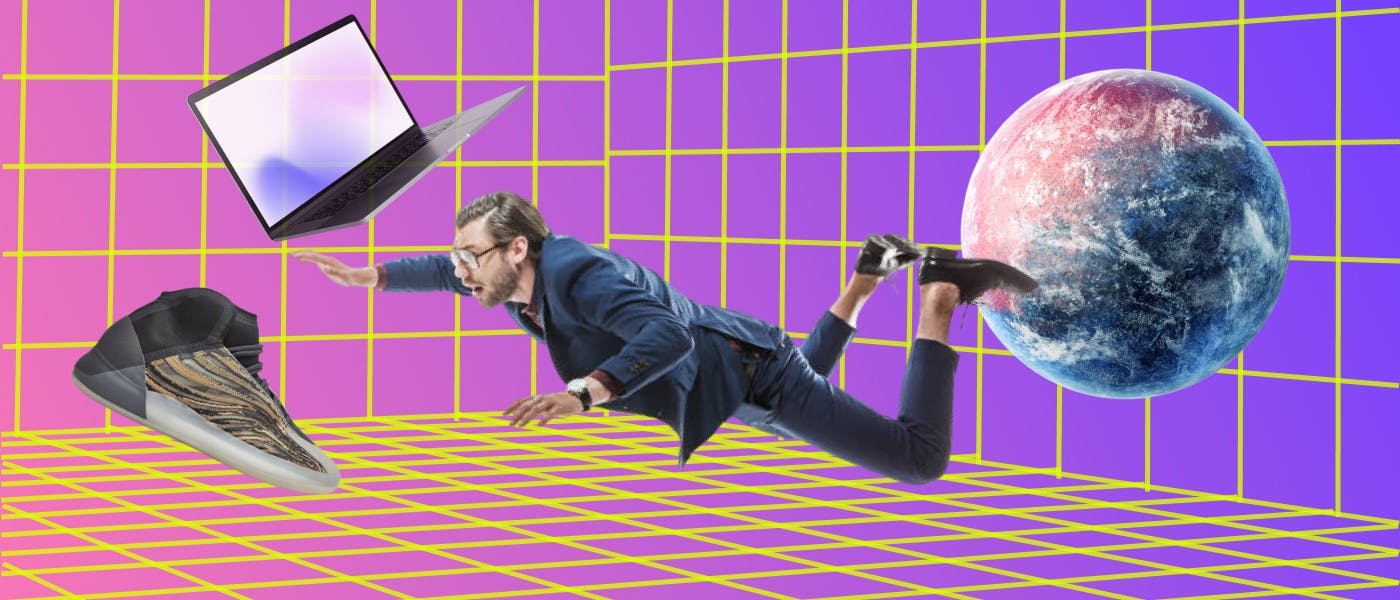775 reads
Digital Sneakers, Tattoos and Houses: How Will We Live in Web 3.0?
by
October 19th, 2022
Audio Presented by

Co-founder of Crypto Crew — the largest learning crypto-community in Ukraine.
Story's Credibility

About Author
Co-founder of Crypto Crew — the largest learning crypto-community in Ukraine.
